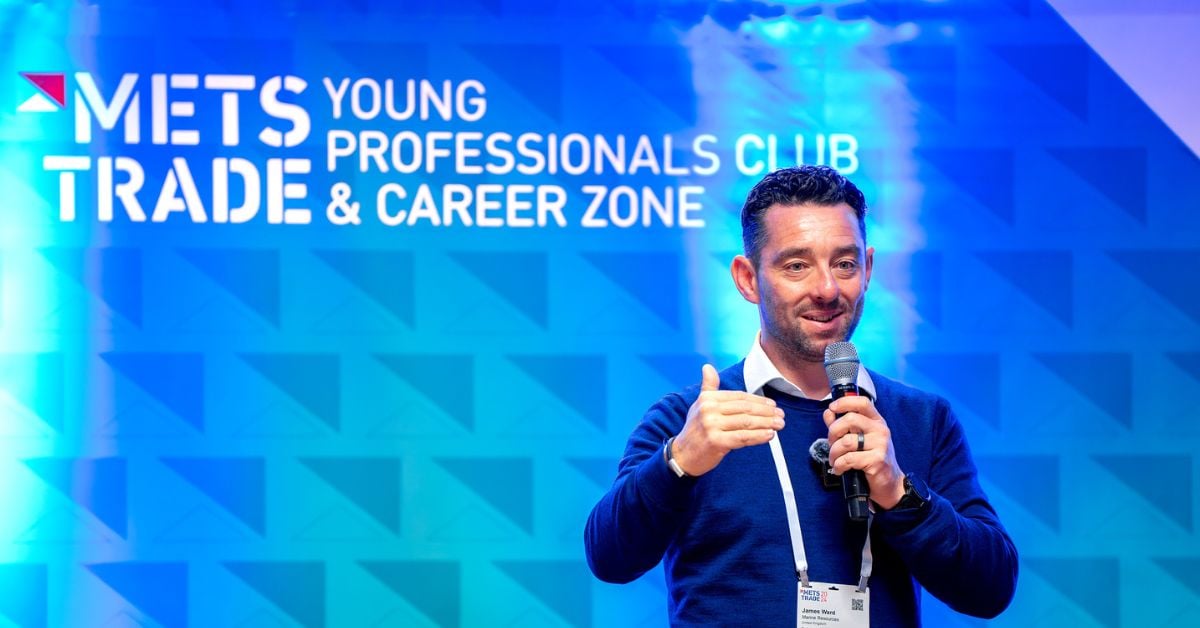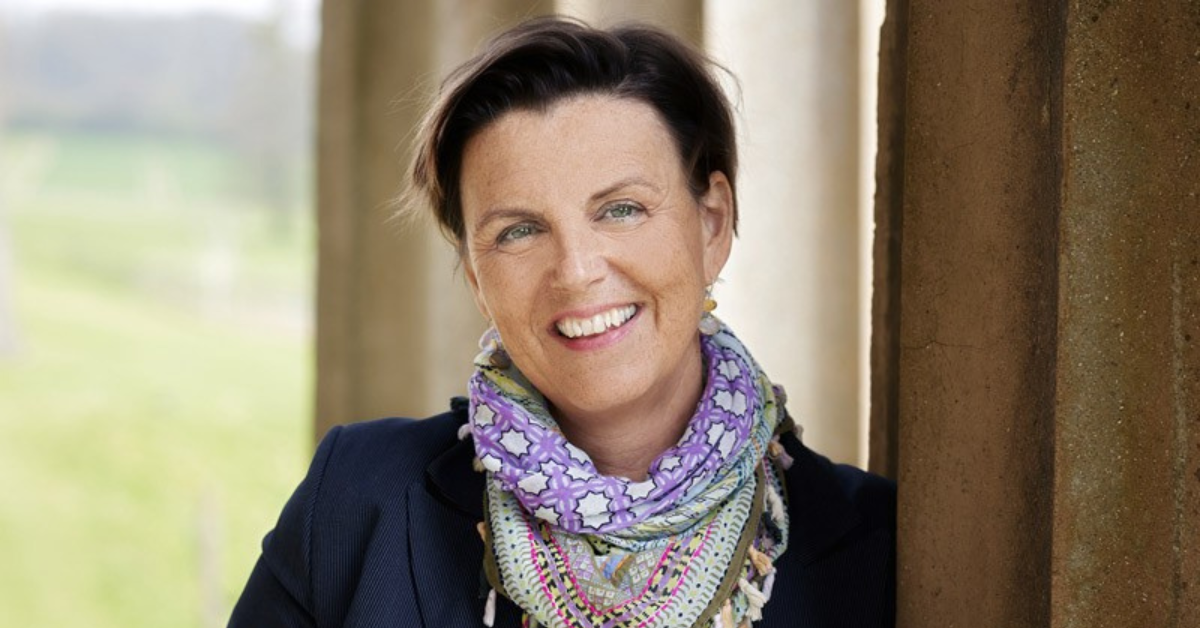The Superyacht Forum unveils research demonstrating sector’s €54bn economic impact on wider global community

Explaining the results, Superyacht Life Foundation executive director Dilan Saraç outlined the range of direct and indirect benefits flowing from the build and operation of superyachts. Unsurprisingly, much of the employment and other benefits generated by new build and refit activity are to be found close by the nations with the most active shipyards. However, fleet usage accounts for one half of the estimated €54bn global benefit, bringing positive impacts to the localities in which they operate. Expressed another way, each of the 6,000 superyachts in operation around the world contributed €9m to the global economy in 2022 – the year upon which the report data is based.
Commenting on the results chief executive of Fraser Yachts, Anders Kurten, believed that, despite a drop back in some areas since, these numbers should be considered robust and may have even improved given a healthy growth in charter activity over the past 12 months. Former Feadship - De Vries chief executive Henk de Vries and WOSA Yacht Refit chief commercial officer Stefano de Vivo agreed and praised the importance of the report in highlighting the real benefits of superyacht owners and charterers spending some of their wealth in the sector, rather than leaving it isolated in investments.
This panel then went on to examine some of the factors affecting the performance of the sector today. The trend for new owners entering the market to keep wanting larger vessels as a first-time purchaser was noted. As was the tendency for the market to continue to be counter-cyclical against world events, with owners having more time to consider superyacht purchases when their own markets are quieter.
President Trump’s tariffs are hampering sales of smaller sizes of superyachts in the US, but that appears to have correspondingly boosted refit activity in that market.
In terms of emerging markets, it was agreed that you need several factors in place including infrastructure before growth of superyacht sales could occur. That is why the Red Sea region is now of interest, but China is considered a more distant prospect. When asked about Russia, the panellists agreed there was likely to be pent up demand but at this stage ethics was more important than sales and no-one knew how many years into the distance things might change.
Commenting on the October decision by the IMO to push its Net Zero Framework back by a year, the panellists all felt that the sector should continue with its sustainability plans regardless. De Vries stated that it’s our job to press on, not slow down and Kurten said that the biggest challenge the industry has is awareness and education.
Riding strong tailwinds
Baxter Underwood, chief executive officer at US headquartered marina and shipyard group Safe Harbor, provided further reasons for the industry to be confident in a live Q&A from New York with Chairman and Editor in Chief of The Superyacht Group, Martin Redmayne. One third of Safe Harbor’s earnings come from the superyacht sector now, following its acquisition of Monaco Marine mid this year.
Underwood reflected on a five-times increase in the number of high net worth and ultra-high net worth individuals over the last 20 years, resulting in a three times growth increase in willingness to spend on luxury experiences and luxury goods. These strong indicators, researched by Safe Harbor’s $5bn investors Blackstone, indicate considerable tailwinds that the superyacht industry should be taking advantage of. Looking at the US specifically there had also been a marked migration of the wealthy members of society from agricultural inland areas to the coast.
However, Underwood also said that research indicated boating had only experienced 1.5-times growth over that period. And that only 2.5% of all individuals able to own a superyacht over 30 metres had one.
Speaking from Blackstone’s annual CEO conference in New York, Underwood said that three things were enabling Safe Harbor to capture a larger than market norm share of growth – specialisation, rigorous execution and partnerships. Looking to the future he explained that exceptional customer experiences will drive the industry forward.
When asked to look at the next 10 years ahead Underwood said the sector should think in terms of orders of magnitude and stated: “The tailwinds that I spoke about are going to make that customer available to us…what will prevent growth is failure to innovate and scale up…we must have that product ready. The time is now. If we can do that, we should see orders in the magnitude of three-times to five-times.”
Underwood noted that the transfer of assets between older to younger generations is going not only in terms of capital but also culture and knowledge. Newer generations are not as knowledgeable as previous generations. They are looking more for turn-key solutions. There is a responsibility on the marine industry to find a way of communicating with the wave of new consumers.
Opportunities to increase the marine industry’s share of leisure spend will come through education and lowering the entry bar. Also, by driving out the hidden costs in boating by providing things such as better quality of maintenance at lower cost. “There are dozens of other pain points that over time we can remove.”
Responding to comments from The Superyacht Forum’s audience, Underwood also acknowledged the challenges of labour shortages. “Safe Harbor has about 1,100 technicians – the reality is we could meaningfully employ three times that amount.”
Response to net zero delay
Day two of The Superyacht Forum’s audience-engaged panels continued to probe many of the key issues of the immediate future. High on the agenda was a discussion convened around the October decision by the IMO to push its Net Zero Framework back by a year, underpressure from US president Trump and Saudi Arabia. It was recognised that, although disappointing, it provides a strategic opportunity for the maritime industry to engage in further dialogue, build consensus, push for less inconsistencies in regulatory frameworks and innovate for decarbonisation.
Opportunities include uniting the superyacht industry at large to strengthen its own course, goal and compliance driven activity; work along the full scope of environmental indicators, embracing a scientific approach; engage in dialogue to achieve industry consensus among all industry stakeholders; promote industry solutions; anticipate future regulations and ensure common level playing field to avoid a fragmented regulatory landscape.
Delegates were also given a walkthrough of the Water Revolution Foundation’s Roadmap to 2025 Towards Regenerative Yachting.
In summary, this session was very much based around the need for the superyacht industry to press on with its plans towards net zero, despite the IMO delay.
Human factors
Human factors were once again high on the agenda. In an innovation lab startups session, CrewPass and SOS explained how they are using AI, automation and digital intelligence to reduce workload of the many manual tasks usually involved in crew and yacht management.
Continuing its examination of the role and status for yacht owner representatives, a panel examined the essential part owner’s representatives can play within refits. They also recapped on the ongoing work to more formally recognise this role and establish frameworks for it professionally such as through the Superyacht Qualification Framework, the Yacht Owner’s Representative Register and Yacht Owner’s Representative Program (YORP).
Other panels examined ways to use superyachts for humanitarian purposes, sessions on crew wellbeing and recruitment and the onward march of digitalisation onboard, from advantages and implications to security and operational changes.
Designing and operating for the environment
The environment featured significantly in two contrasting ways. Preservation was considered in a presentation on Ocean Assist, a marine conservation investment initiative developed by the Water Revolution Foundation.
A highly topical panel considered how to design superyachts and standards of operation for increasingly frequent extreme weather events. It looked at rising levels of insurance claims proving that risks are on the rise, just at a time when the lifestyle demands of owners are placing design and construction demands that are counter-intuitive in some respects to the safety of superyachts and those aboard. In a highly interactive session, it polled the opinions of participants on a range of subjects, from whether stability data is used and understood, to whether owners and guests are educated about bad weather and appreciate the importance of good seamanship.
Inspired to push past boundaries
Two keynotes encouraged delegates to think beyond accepted norms.
Dutch fashion designer Pauline van Dongen provided fascinating insight into her work incorporating solar cells and sensors into laminated, knitted and woven textiles. This results in practical, highly flexible fabrics that can be formed in double curved patterns and used for a variety of purposes including clothing, cladding and shading. Energy generation from woven-in carbon polymer solar cells is typically providing one fifth of a conventional rigid solar panel for a given area, but efficiency in latest designs is improving.
Daphne van Dongen also showed how smart textiles can improve wellness. Her Mysa wearable companion vest provides support to anxious or stressed people by generating tiny calming haptic vibrations based on breathing patterns.
The renowned firm of global architects, Foster + Partners, closed the day by explaining, through case studies, how it creatively designs and engineers projects by studying surrounding environmental and cultural themes. Senior partners Marilu Sicoli and Adam Newburn then showed how out of the box thinking translated for flexible convertible living spaces on Foster + Partners’ collaboration with Lateral Naval Architects’ on their Outlier superyacht concept.
Closing tribute
Speaking at the end of The Superyacht Forum Niels Klarenbeek, Director Maritime Events at RAI Amsterdam reminded delegates of the opportunities available over the following two days of this week within the enlarged Superyacht Zone of Metstrade. Combined with The Superyacht Forum, making this the largest annual global event for the superyacht industry.
Klarenbeek then announced a surprise tribute to outgoing Secretary General of SYBAss, Theo Hooning. In the video messages that followed Hooning was praised for his organisation and skills in bringing a new level of professionalism and recognition to SYBAss over the 18 years of his service. Everyone wished him well and many happy hours of sailing in his retirement.
Towards NXT steps
Speaking after the close of The Superyacht Forum, conference manager Patricia Becker said: “These two days have seen an incredible amount of engagement among the nearly 900 senior leaders present. As we promised at the outset, the redesigned format of the programme meant they experienced first-class opportunities to learn about and discuss NXT steps for the superyacht sector, renewed friendships and made new contacts.
“Key messages from the 2025 edition of The Superyacht Forum indicate just how vital it is for this important industry sector to collaborate for success. We look forward to seeing how the many NXT steps discussed this year translate into action over coming weeks and months and look forward to welcoming everyone back in 2026.”
Supporting partners
The Superyacht Forum would not happen without support from key partners who operate across the sector, including:
Founding partner – The Superyacht Group
Platinum partners – AkzoNobel, Lürssen and MTU (a Rolls Royce solution)
Gold partner – Bond Support Services, Cayman Registry, Volvo Penta, YachtEye
Bronze partner – Lateral Naval Architects, RINA Maxima, Wright Maritime Group
Media partners – Boat International, Superyacht Times, The Superyacht Group
You can read more about our partners here – thesuperyachtforum.com/partners
Contributing organisations
The Superyacht Forum content is guided by the Superyacht Content Board, a collective of experts drawn from leading industry organisations:
- IAMI (International Association of Maritime Institutions)
- ICOMIA (International Council of Marine Industry Associations)
- IYBA (International Yacht Brokers Association)
- MYBA (The Worldwide Yachting Association)
- PYA (Professional Yachting Association)
- Superyacht Alliance
- SYBAss (Superyacht Builders Association)


